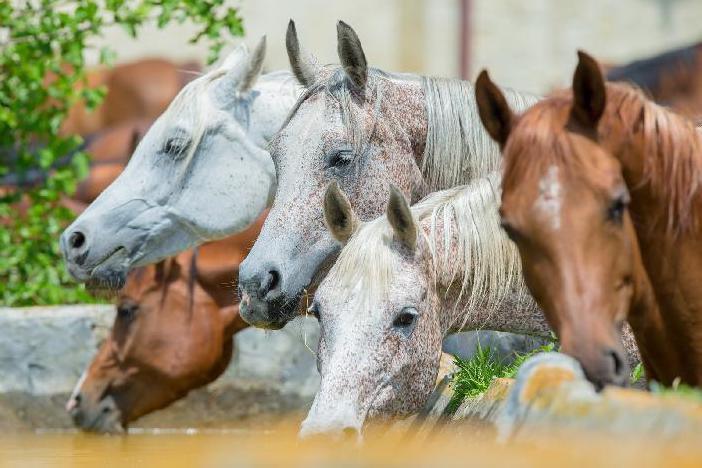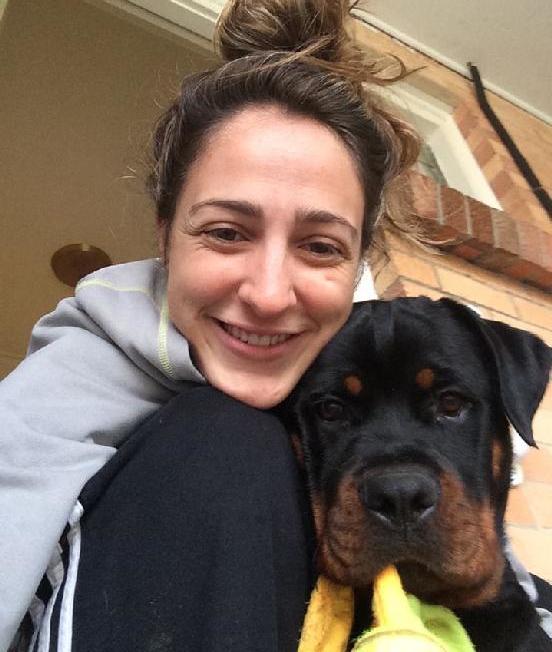training
The Need for Safety in Learning Suzanne Clothier discusses Maslow’s Hierarchy of Needs and the importance for those working with animals to honor their need to feel safe, thus ensuring they retain the ability to think and learn
A
few years ago, in midFebruary, I made a trip that brought into vivid focus the wisdom of Abraham Maslow’s philosophy. Maslow was a prominent psychologist in the 1940s and considered the fa ther of humanistic psychology. I feel his work has great value for trainers of today once they are ready to move past behaviorism. The framework of Maslow’s humanistic philosophy aligns well with my Relationship Centered Training™ (RCT). Like many of his colleagues, Maslow was in search of a model that might explain motivation, why an organism would devote energy and resources to specific behavior(s). He proposed a Hierarchy of Needs whereby the most basic need(s) must be met before the animal had the resources or even interest for meeting higher level needs. His philoso phy is actually more nuanced and complicated than that brief summa tion, but for this article, let’s keep it simple. In his book Motivation and Personality (1954, 1970), Maslow differ entiates between needgratification and needfrustration; both have consequences observable in behavior. This approach has proven im mensely helpful to me in moving past pure behaviorism and into a more nuanced understanding of intrinsic and individual motivations. Those fa miliar with my Relationship Centered Training approach will not be sur prised, as I am deeply interested in what I call the Ethology of the Individual™. To my way of thinking, applying training theories and tech niques without an understanding of the individual is not only less than effective but disrespectful as well. Here are Maslow’s (1970) own words: “When we talk about the needs of human beings, we talk about the essence of their lives. How could I have thought that this essence could be put to the test in some animal laboratory or some test tube situation? Obviously, it needs a life situation of the total human being in his social environment.” Indeed, seeing our animals within the full context of their lives is im portant, and guides us to asking the interesting questions that lead to interesting answers.
The Hierarchy of Needs At the very bottom of Maslow’s Hierarchy of Needs are the basic needs that, when met, allow us to maintain homeostasis and to sustain life. This level is often referred to rather sloppily as “food, water and shel ter,” though it is far more nuanced than that. Most of us would not work with an animal who was freezing or overheated, in pain, lame, hungry, starved, thirsty, or uncomfortable in any way. We work to provide fulfill ment of these basic needs so that our animals are comfortable and
...if we violate our animals’ need for safety, we automatically infringe upon their ability to learn, to think, and to perform. Feeling unsafe is often at the root of failure of our animals to perform or respond as we think they should.
© Can Stock Photo / Virgonira
If an animal is trying to communicate that he feels unsafe, then some other solution should be found rather than adding pressure through the use of food
healthy. (I do realize that people violate that generalization all the time, sometimes deliberately by withholding food or water in the name of “training” or using techniques or equipment designed to be painful, or working animals who are lame or in pain.) Assuming we’ve met the basic needs, the next level in the Hierarchy of Needs is safety – physical safety, psychological/emotional safety, and social safety. And here is where even the most wellintentioned among us can fail the animals we are trying to help if we do not recognize if or when they do not feel safe. When we do not meet the animal’s need for safety, we undermine our relationship with him, as well as any attempts to train, educate or ask for performance.
Environmental Influences It is worth noting that in environments where basic needs cannot easily be met, it is easier to capture feral animals. An animal who is starving or dying of thirst or needs shelter will move into potentially unsafe situa tions in order to satisfy the basic need(s). By contrast, in a resource rich environment, if the animal has ready access to food, shelter and water, he may consistently avoid any situations that make him feel unsafe,
BARKS from the Guild/November 2020
19
















